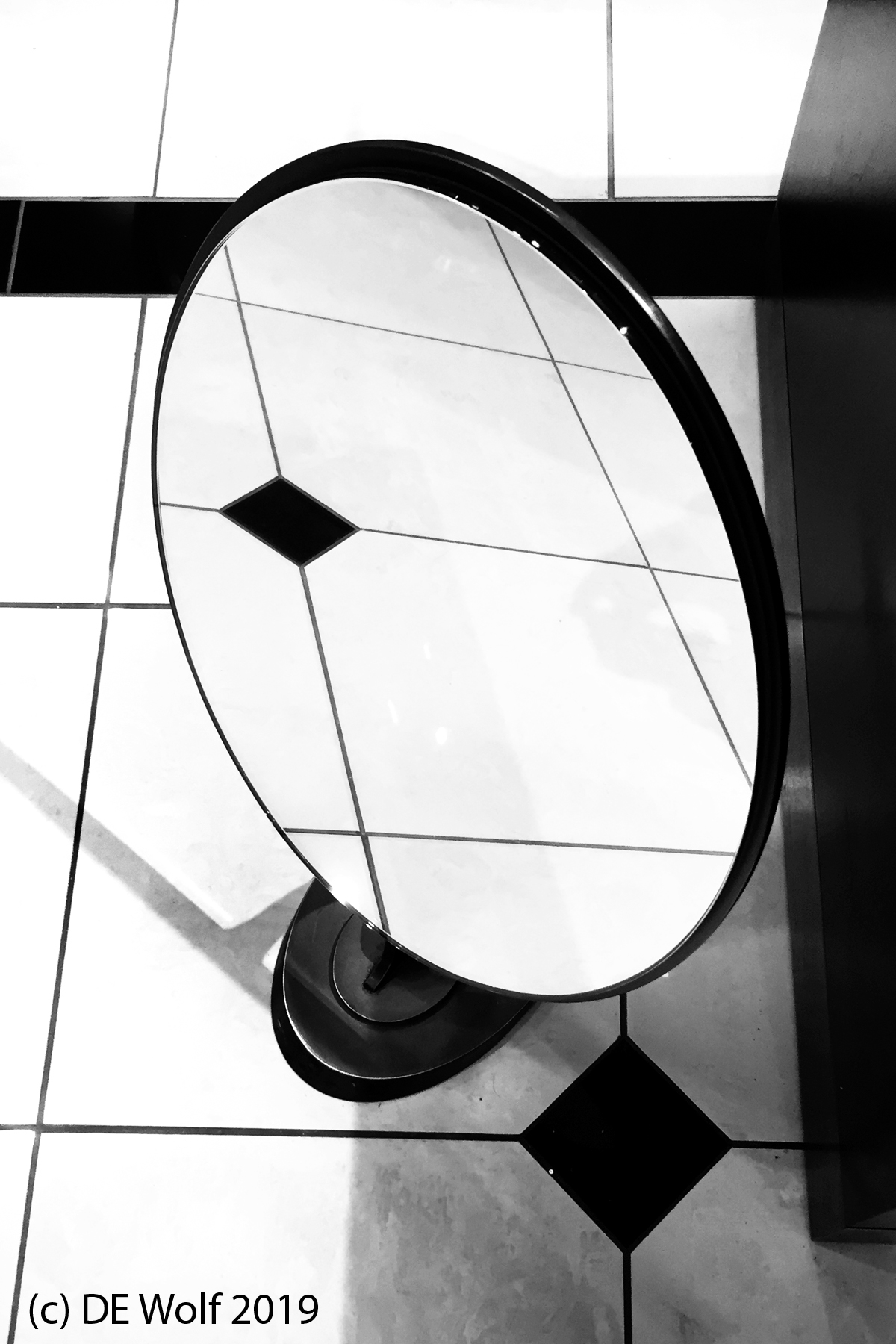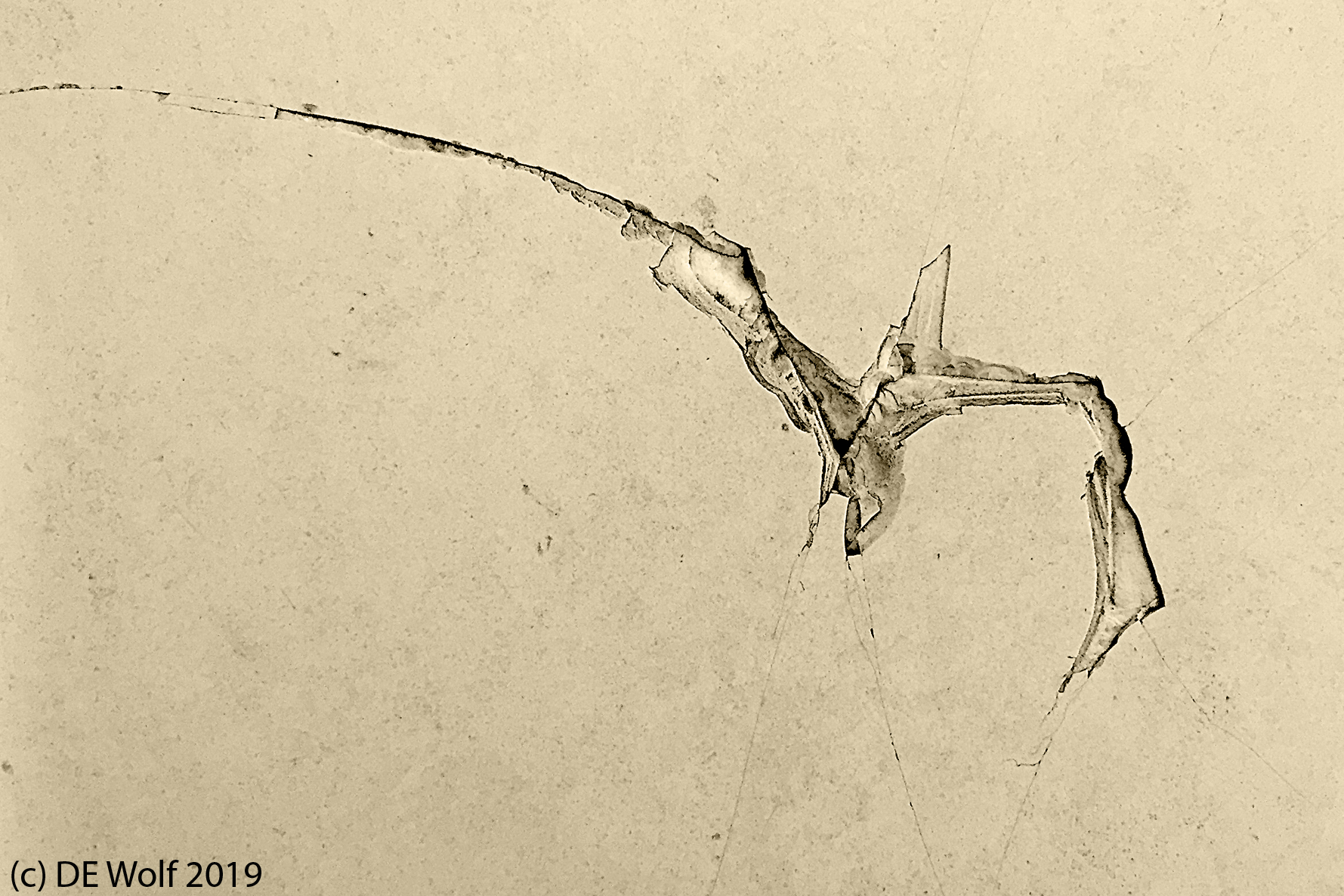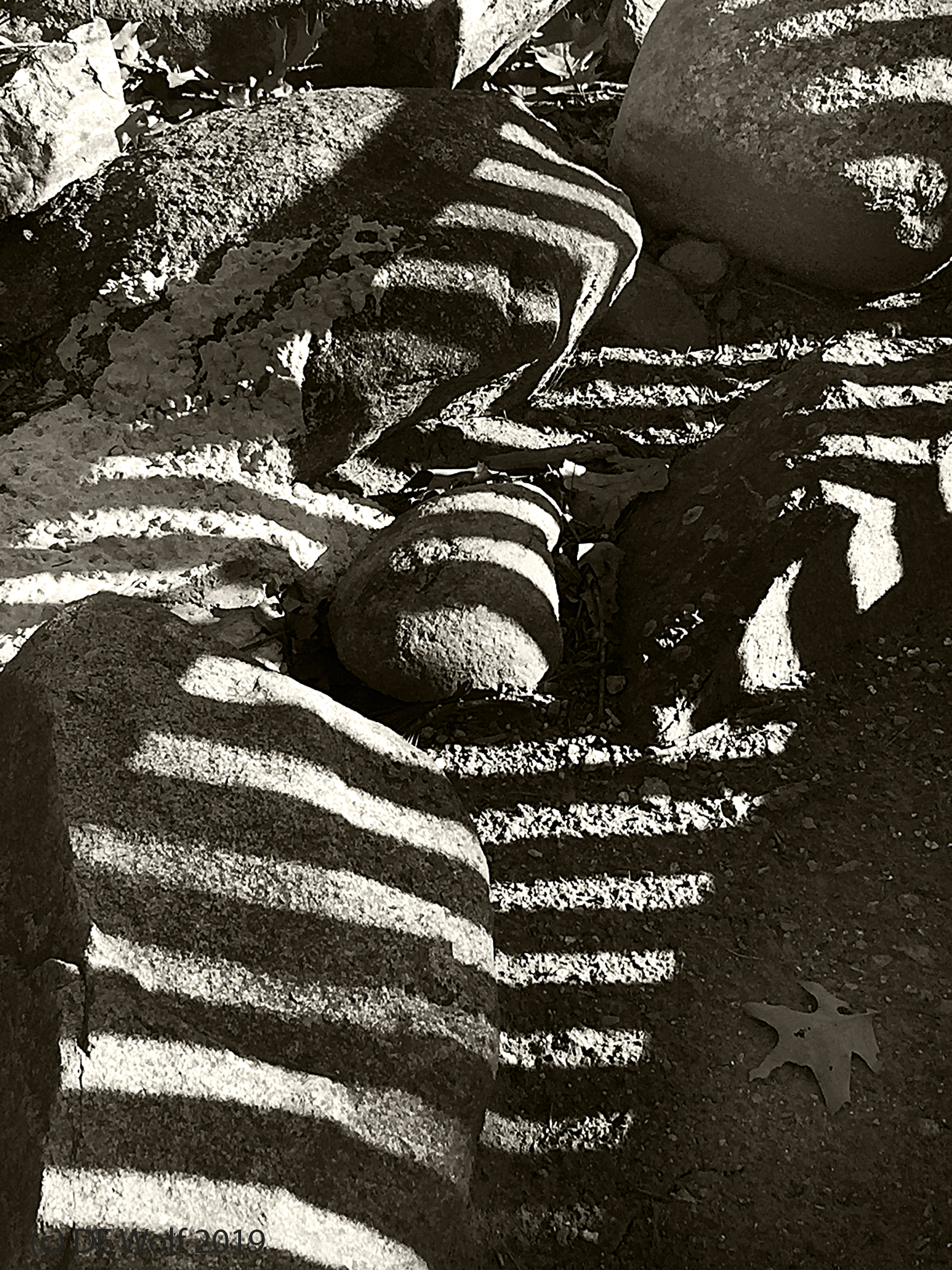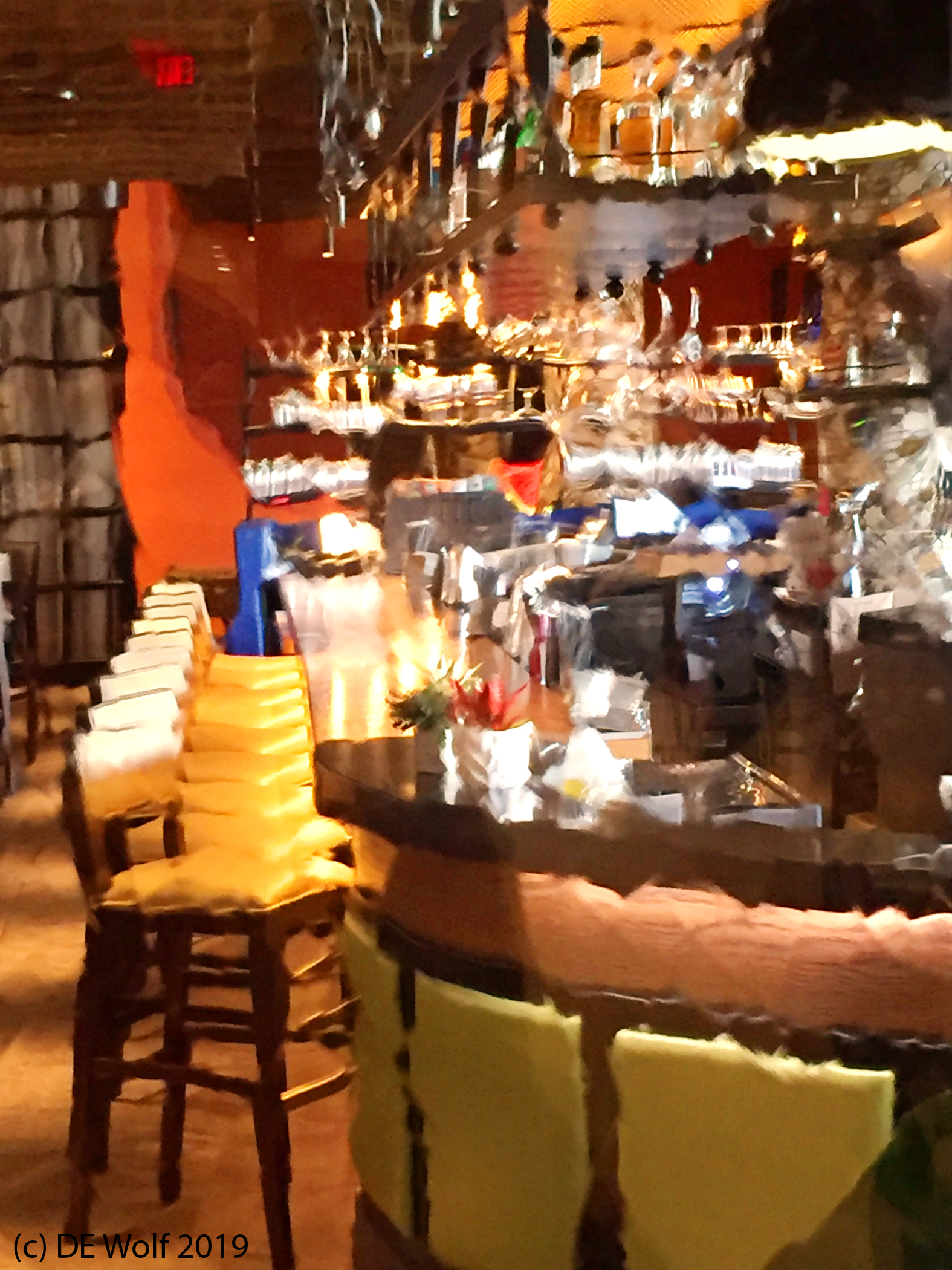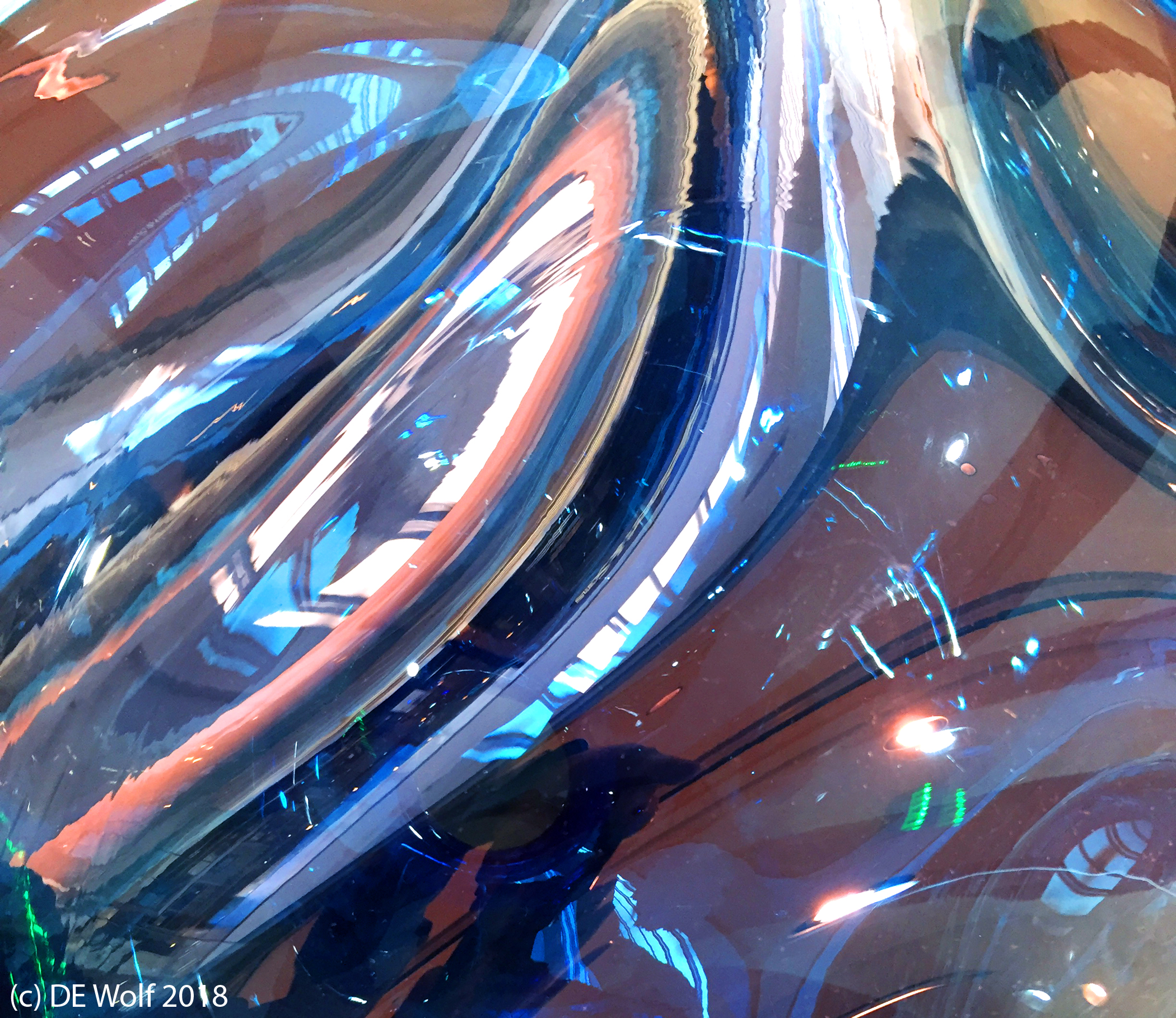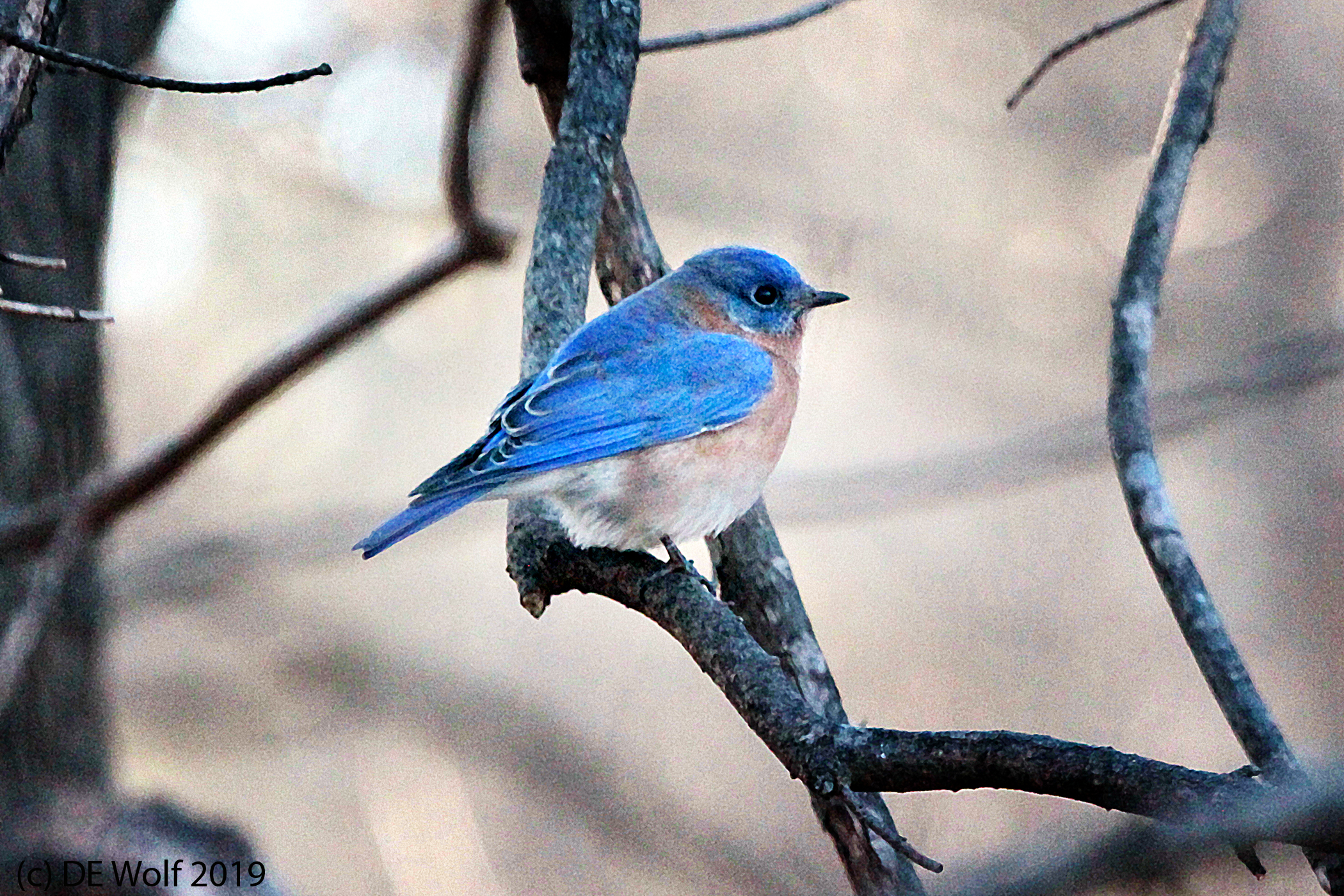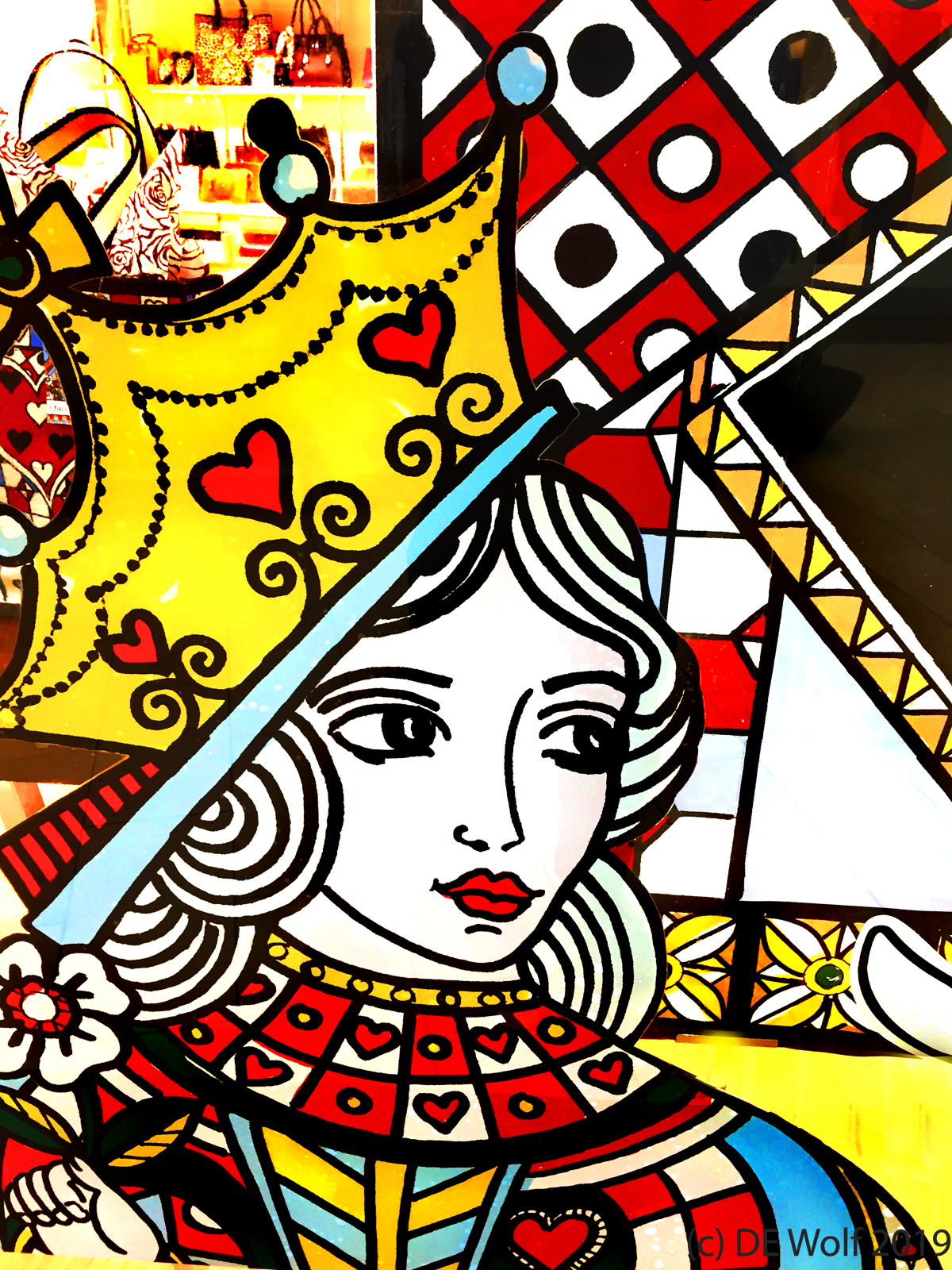
Figure 1 – The Queen of Hearts, (c) DE Wolf 2019.
I took the image of Figure 1 for two reasons: first, I was attracted to the vivid colors, and second, I liked the fact that the this storefront decoration was two panel, one behind the other; so you could by shifting angle and/or lateral position play with the composition. In the end, the composition collapses into a single frame flattened image. But then I realized that The Queen of Hearts has warm memetic associations with childhood, which were worth exploring. Which is to say that the rest of this blog will have nothing to do with photography.
Our youthful associations with the Queen of Hearts, begins with the the one who baked tarts. This comes from the poem The Queen of Hearts first published in The European Magazine, vol. 1, no. 4, in April 1782.
“The Queen of Hearts
She made some tarts,
All on a summer’s day;
The Knave of Hearts
He stole those tarts,
And took them clean away.
The King of Hearts
Called for the tarts,
And beat the knave full sore;
The Knave of Hearts
Brought back the tarts,
And vowed he’d steal no more”
This poem clearly refers to playing cards. But more germane to our childhood memories is the rather petulant queen by that name, who drives little Alice, so prone to ennui, to frustration in Lewis Carroll’s Alice in Wonderland. As Carroll himself tells us,
“The Queen had only one way of settling all difficulties, great or small. ‘Off with his head!’ she said, without even looking round.”
Very upsetting, indeed, especially for the victim. But rest assured as fast as the Queen of Hearts was condemning them, the King of Hearts was pardoning them. That king definitely had empathy, even though he was in truth just a playing card!
But, as is always the case with Lewis Carroll, there is much more to the story. Who was the Queen of Hearts? It seems very unlikely that the Queen of Hearts and her antics are meant to refer to the then Queen of England, Victoria. Nor is it really likely that this is redheaded Queen Elizabeth I. A much more credible argument was given by C.W. Giles, in Punch on August 15, 1928. I’m going to borrow from him liberally here. A key point to Gile’s argument is given by the passage from Alice in Wonderland,
“`Would you tell me,’ said Alice, a little timidly, `why you are painting those roses?’
“Five and Seven said nothing, but looked at Two. Two began in a low voice, `Why the fact is, you see, Miss, this here ought to have been a red rose-tree, and we put a white one in by mistake; and if the Queen was to find it out, we should all have our heads cut off, you know. So you see, Miss, we’re doing our best, afore she comes, to–‘ At this moment Five, who had been anxiously looking across the garden, called out `The Queen! The Queen!’ and the three gardeners instantly threw themselves flat upon their faces. There was a sound of many footsteps, and Alice looked round, eager to see the Queen.”
Painting white Roses red, where have I heard that before? Between 1455 and 1487 there were a series of English civil wars, collectively referred to as The Wars of the Roses for control of the throne of England. These were fought between supporters of two rival branches of the royal House of Plantagenet: the House of Lancaster, associated with a red rose, and the House of York, whose symbol was a white rose. Eventually, the wars eliminated the male lines of both families. Significantly, in the end, victory went to Henry Tudor of the Lancaster line, who defeated the last Plantagenet king at the Battle of Bosworth Field. In Shakespeare’s Richard III, at this battle, Richard’s mount is killed. Unseated he famously cries out,
“A horse, a horse, my kingdom for a horse.”
But it remains to be asked, who exactly is this Queen of Hearts, who so anxiously shouts ‘Off with his head?’ In Shakespeare’s Henry VI, Queen Margaret contemptuously has the captured Duke of York crowned and the she coomands, “Off with the crown, and, with the crown, his head: Off with his head and set it on York gates.” It may also be noted that the Eleanor Duchess of Gloucester, Queen Margaret’s mortal enemy, has her ears boxed by Margaret where upon the Duchess vows, “She shall not strike Dame Eleanor unavenged.” Play ominous foreboding music here.
Returning to Alice, in Through the Looking Glass, Alice asks the white rabbit,
“Where’s the Duchess?”
“Hush! Hush!” said the Rabbit in a low hurried tone…
“She’s under a sentence of execution.”
“What for?” said Alice.
“She boxed the Queen’s ears,” the Rabbit began…”
So in a very real sense the whole story of the Queen of Hearts is merely a history lesson for Alice about the War of the Roses and perhaps a further lesson about Shakespeare’s Henry VI. And seems quite likely that Queen Margaret is our decapitating royal.
But I think that the appeal of the image of the Queen of Hearts, especially in unsettled times, is the lesson it affords us about the ultimate fate of despots. Tyrannic dynasties, like decks of cards and houses built of them, are doomed in the end to fall. Alice reaches a breaking point of frustration. She ceases being tiny.
Let the jury consider their verdict,’ the King said, for about the twentieth time that day.
‘No, no!’ said the Queen. ‘Sentence first—verdict afterwards.’
“‘Stuff and nonsense!’ said Alice loudly. ‘The idea of having the sentence first!’
‘Hold your tongue!’ said the Queen, turning purple.
‘I won’t!’ said Alice.
‘Off with her head!’ the Queen shouted at the top of her voice.
Nobody moved.
‘Who cares for you?’ said Alice, (she had grown to her full size by this time.) ‘You’re nothing but a pack of cards!’
At this the whole pack rose up into the air, and came flying down upon her: she gave a little scream, half of fright and half of anger, and tried to beat them off, and found herself lying on the bank, with her head in the lap of her sister, who was gently brushing away some dead leaves that had fluttered down from the trees upon her face.”

